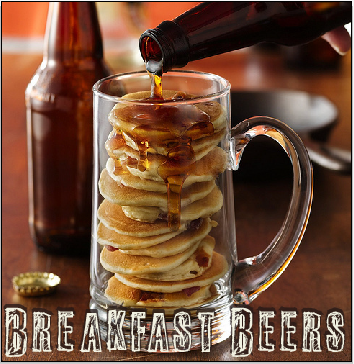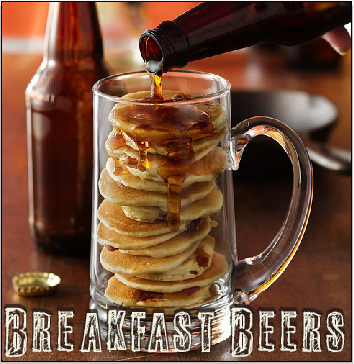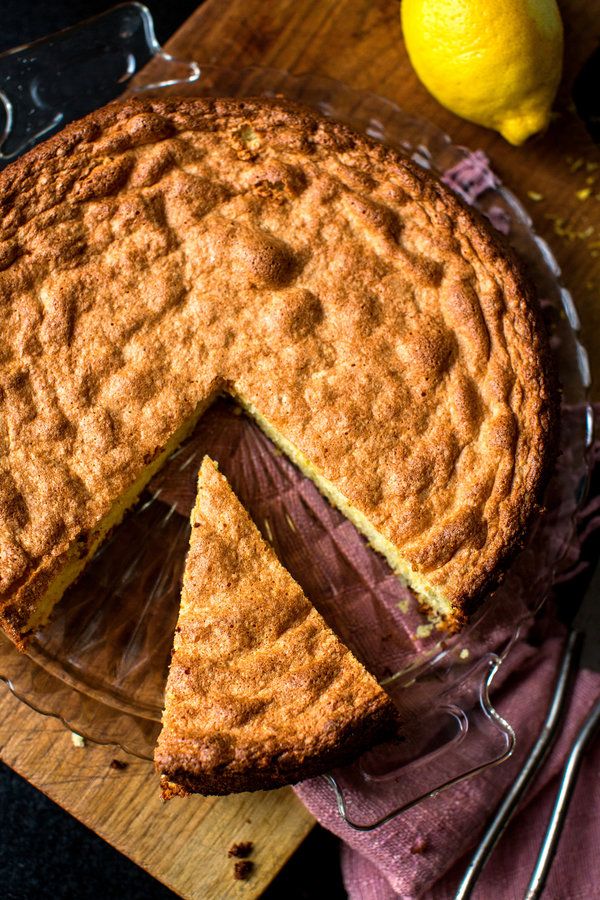 So today the Wayback Machine takes you to the sunny days of the Renaissance (well, sunny in comparison to the Dark Ages or even late Medieval Period) commonly dated to 1400 – 1600 more or less.
So today the Wayback Machine takes you to the sunny days of the Renaissance (well, sunny in comparison to the Dark Ages or even late Medieval Period) commonly dated to 1400 – 1600 more or less.
Now among the signal advances musically during this time period is the development of recognizably ‘modern’ musical notation, though to contemporary eyes it’s bears about the same relationship to the scores you performed in Band, Orchestra, or Choir (heh, worked in a BÖC reference there) as a First Folio does to an Annotated Complete Works. For one thing color was used to denote duration in a variety of contradictory schemes, more to the point previously solid heads were opened in the manner of the current whole and half note because of the replacement of vellum with paper which was instrumental in making the printing press so successful.
And you thought it was just for words.
Nope, the systematized notation of music and printing of same made the spread of musical ideas philosophy, science, and theology (the latter of which was pivotal in the political struggles of the period) much easier than previously possible.
But in 1410 – 20 when John Dunstaple was active during the early Renaissance it was still all just one big happy Catholic family though those pesky theological issues would raise their ugly head soon enough.
Early Renaissance music owed much to the sacred music of the Late Medieval where most works were commissioned directly by Cathedrals and Monasteries for performance during services and were rarely exclusively instrumental. The lyrics taken from prayers (in Latin of course). The institutions hired or trained their own composers who hardly ever traveled or changed positions and most instruction and direction was personal and transmitted by word of mouth. As a result musical performance and culture was very insular and idiosyncratic. Because of it’s origins in the Medieval tradition to contemporary ears the music seems droning and repetitive, soporific is the word I’d use to describe it.
Dunstaple was certainly no exception for the most part musically though he is noted for his adoption of tri-tones, thirds, and sixths in harmony, but in other respects he was quite unusual. That he was a lay person as opposed to a priest or monk we infer by the large number of wives that predeceased him. His influence on European music was widespread, from his native England to the remotest eastern principalities of the Holy Roman Empire though it had a particular resonance with their Burgundian rivals. He wrote secular and instrumental music as well as sacred.
The secret of his success? The printing press and musical notation. It’s possible we know much of his work, but all music of the period is at best loosely attributed and much authorship disputed by scholars between him and his contemporary Leonel Power, also English.
The musical output of medieval England was prodigious, yet almost all music manuscripts were destroyed during the English Reformation, particularly as a result of the Dissolution of the Monasteries in 1536-1540. As a result, most of Dunstaple’s work has had to be recovered from continental sources (predominantly those from northern Italy and the southern Alps).
He’s arguably the most influential English composer of all time, yet very few people today know about him. About 50 works are definitively attributed to him with the first collection ever published in 1953, 500 years after his death, and those almost immediately subject to scholarly debate (academese for knockdown drag-out fighting).
Not disputed are a collection of 12 Motets of which 6 are easily discoverable on-line.
Quam pulcra es
Did I say soporific? I’m sure I (yawn)… Anyway, the other 5 as well as the Obligatories, News, and Blogs below.


 So today the Wayback Machine takes you to the sunny days of the
So today the Wayback Machine takes you to the sunny days of the 




